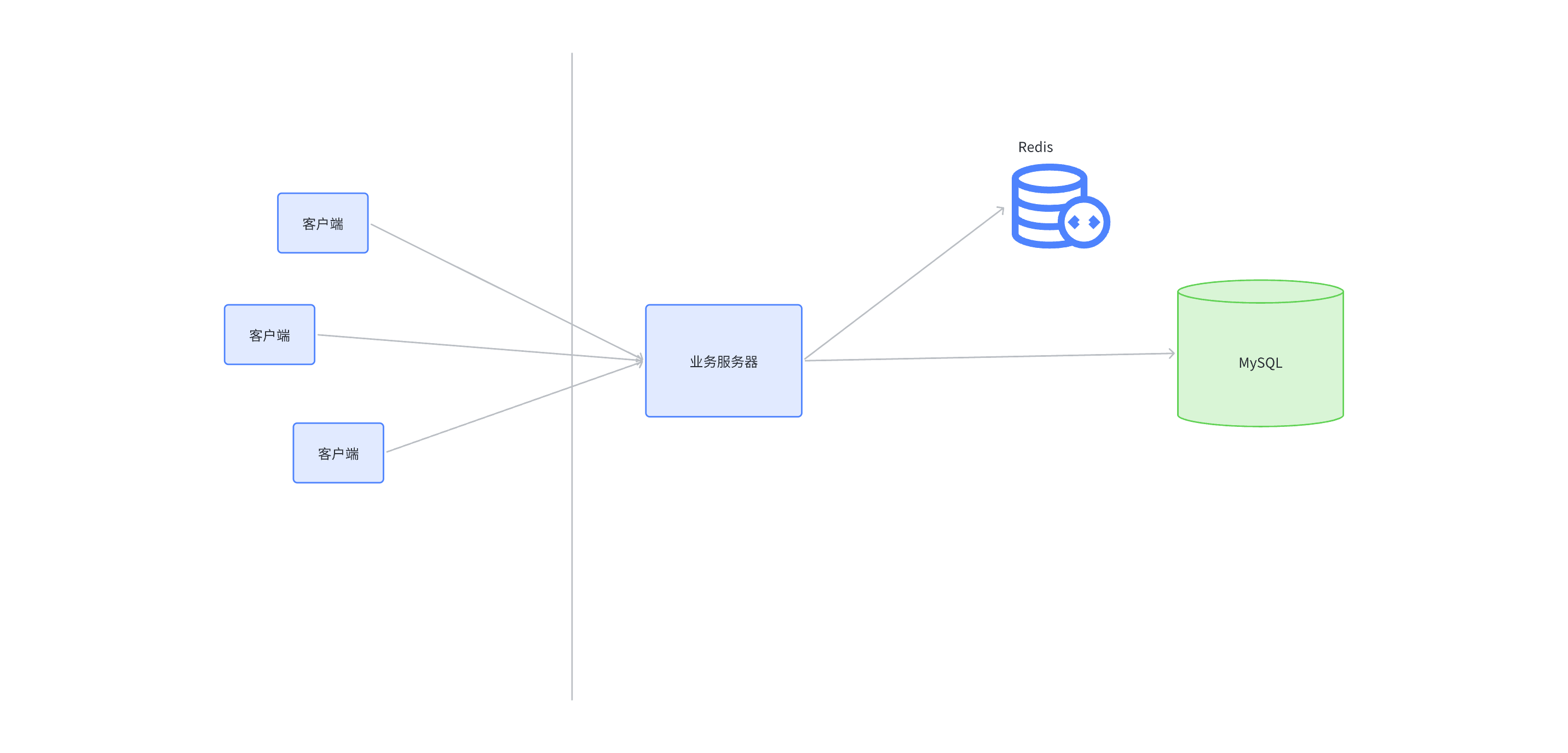酒店预定|网红酒店|网红酒店预定系统
目录
基于java的网红酒店预定系统
一、前言
二、系统设计
三、系统功能设计
四、数据库设计
五、核心代码
六、论文参考
七、最新计算机毕设选题推荐
八、源码获取:
博主介绍:✌️大厂码农|毕设布道师,阿里云开发社区乘风者计划专家博主,CSDN平台Java领域优质创作者,专注于大学生项目实战开发、讲解和毕业答疑辅导。✌️
主要项目:小程序、SpringBoot、SSM、Vue、Html、Jsp、Nodejs等设计与开发。
🍅文末获取源码联系🍅
基于java的网红酒店预定系统
一、前言
网红酒店预定系统的设计与实现,利用计算机搭建网红酒店预定系统,实现网红酒店预定的信息化。则对于进一步提高网红酒店预定管理发展,丰富网红酒店预定管理经验能起到不少的促进作用。开发了具有网红酒店预定系统首页,个人中心,客户管理,客房类型管理,客房信息管理,客房预订管理,客房退订管理,系统管理等功能的系统,最后对网红酒店预定系统进行相应的测试
酒店预定|网红酒店|网红酒店预定系统|java mysql
二、系统设计
功能结构图

三、系统功能设计
当人们打开系统的网址后,首先看到的就是首页界面。在这里,人们能够看到网红酒店预定系统的导航条,通过导航条导航进入各功能展示页面进行操作。系统首页界面如图5-1所示:

图5-1 系统首页界面
客房信息:在客房信息页面的输入栏中输入客房号,选择客房类型和状态进行查询,可以查看到客房详细信息,并根据需要进行客房预订、评论或收藏操作;客房信息页面如图5-3所示:

图5-3客房信息详细页面
公告信息:在公告信息页面通过输入标题进行查询,还可以对公告信息进行操作;公告信息页面如图5-4所示:

图5-4公告信息详细页面
后台用户登录,在登录页面选择需要登录的角色,在正确输入用户名和密码后,进入操作系统进行操作;如图5-6所示。

图5-6 后台登录界面
管理员点击客房信息管理。在客房信息页面输入客房号,选择客房类型和状态进行查询,新增或删除客房信息列表,并根据需要对客房详细信息进行详情、修改、查看评论或删除操作。如图5-10所示:

图5-10客房信息管理界面
四、数据库设计
公告实体属性图

数据库表的设计,如下表:
客房信息评论表
| 字段名称 | 类型 | 长度 | 字段说明 | 主键 | 默认值 |
| id | bigint | 主键 | 主键 | ||
| addtime | timestamp | 创建时间 | CURRENT_TIMESTAMP | ||
| refid | bigint | 关联表id | |||
| userid | bigint | 用户id | |||
| avatarurl | longtext | 4294967295 | 头像 | ||
| nickname | varchar | 200 | 用户名 | ||
| content | longtext | 4294967295 | 评论内容 | ||
| reply | longtext | 4294967295 | 回复内容 |
五、核心代码
package com.service.impl;
import com.utils.StringUtil;
import com.service.DictionaryService;
import com.utils.ClazzDiff;
import org.springframework.beans.BeanUtils;
import org.springframework.beans.factory.annotation.Autowired;
import org.springframework.stereotype.Service;
import java.lang.reflect.Field;
import java.util.*;
import com.baomidou.mybatisplus.plugins.Page;
import com.baomidou.mybatisplus.service.impl.ServiceImpl;
import org.springframework.transaction.annotation.Transactional;
import com.utils.PageUtils;
import com.utils.Query;
import org.springframework.web.context.ContextLoader;
import javax.servlet.ServletContext;
import javax.servlet.http.HttpServletRequest;
import org.springframework.lang.Nullable;
import org.springframework.util.Assert;
import com.dao.FangwuDao;
import com.entity.FangwuEntity;
import com.service.FangwuService;
import com.entity.view.FangwuView;
@Service("fangwuService")
@Transactional
public class FangwuServiceImpl extends ServiceImpl<FangwuDao, FangwuEntity> implements FangwuService {
@Override
public PageUtils queryPage(Map<String,Object> params) {
Page<FangwuView> page =new Query<FangwuView>(params).getPage();
page.setRecords(baseMapper.selectListView(page,params));
return new PageUtils(page);
}
}
package com.service.impl;
import com.utils.StringUtil;
import com.service.DictionaryService;
import com.utils.ClazzDiff;
import org.springframework.beans.BeanUtils;
import org.springframework.beans.factory.annotation.Autowired;
import org.springframework.stereotype.Service;
import java.lang.reflect.Field;
import java.util.*;
import com.baomidou.mybatisplus.plugins.Page;
import com.baomidou.mybatisplus.service.impl.ServiceImpl;
import org.springframework.transaction.annotation.Transactional;
import com.utils.PageUtils;
import com.utils.Query;
import org.springframework.web.context.ContextLoader;
import javax.servlet.ServletContext;
import javax.servlet.http.HttpServletRequest;
import org.springframework.lang.Nullable;
import org.springframework.util.Assert;
import com.dao.FeiyongDao;
import com.entity.FeiyongEntity;
import com.service.FeiyongService;
import com.entity.view.FeiyongView;
@Service("feiyongService")
@Transactional
public class FeiyongServiceImpl extends ServiceImpl<FeiyongDao, FeiyongEntity> implements FeiyongService {
@Override
public PageUtils queryPage(Map<String,Object> params) {
Page<FeiyongView> page =new Query<FeiyongView>(params).getPage();
page.setRecords(baseMapper.selectListView(page,params));
return new PageUtils(page);
}
}
六、论文参考

七、最新计算机毕设选题推荐
最新计算机软件毕业设计选题大全-CSDN博客
八、源码获取:
大家点赞、收藏、关注、评论啦 、👇🏻获取联系方式在文章末尾👇🏻












![[数据集][目标检测]男女性别检测数据集VOC+YOLO格式9769张2类别](https://i-blog.csdnimg.cn/direct/93598bcafc88454a8c6190685463d58e.jpeg)






